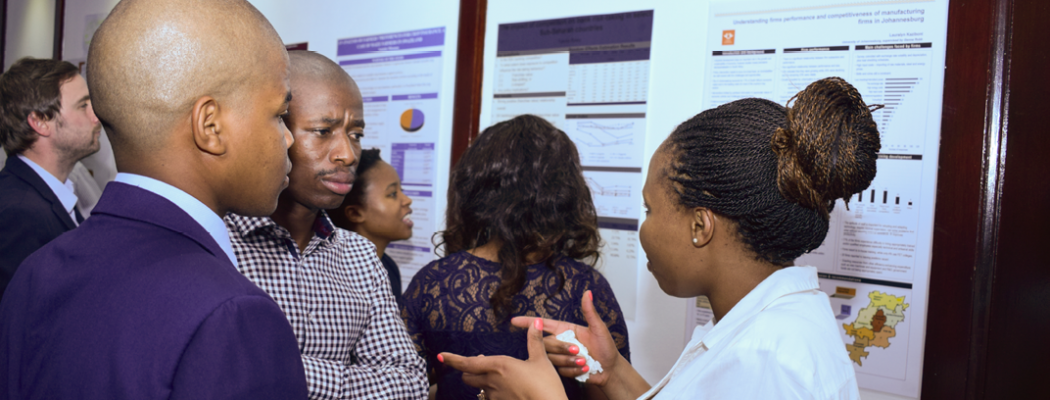Determinants of intra-East African Community (EAC) trade
Abstract
In spite of existence of trade arrangements including that of having a common market, trade patterns are low within EAC. Thus, the record of trade among members has been a sobering one when in comparison with trade records of other trading blocs in Asia, Latin America and Europe (World Economic Forum, 2016). According to EAC 2016 report, trade among members shows a falling trend as members look beyond borders for other trading partners. This is in accordance with a 13% fall in intra-EAC trade within three years, with the total value of trade dipping from $5.8 billion in 2013 to $5.6 billion in 2014 and $5.1 billion in 2015. However, trends with non-EAC members have shown a significant growth (World Economic Forum, 2016).
Moreover, the fact that trade between EAC and non-EAC members seem to increase more than trade among members raises doubts about existence of the organisation. Therefore the idea of creating unity in the region with high levels of intra-EAC trade share, boosting economic growth and improving East African’s standards of living, still appears to be a dream. That is, the process of signing trade agreements with the aim of fostering trade within EAC seem to be merely a paper work with no real economic progress. This is so since the idea of theoretical benefits of regional integration in East Africa which includes low reliance on primary exports, reduced costs in doing business and high intra-EAC, have not significantly materialised in the region. Hence an empirical study, with a diagnostic and better knowledge about intra-EAC trade patterns and signifying factors affecting trade flows within EAC, is required. The current study falls within this line as it aims at examining trade intensity and identifies factors that restrict trade expansion among EAC members.

